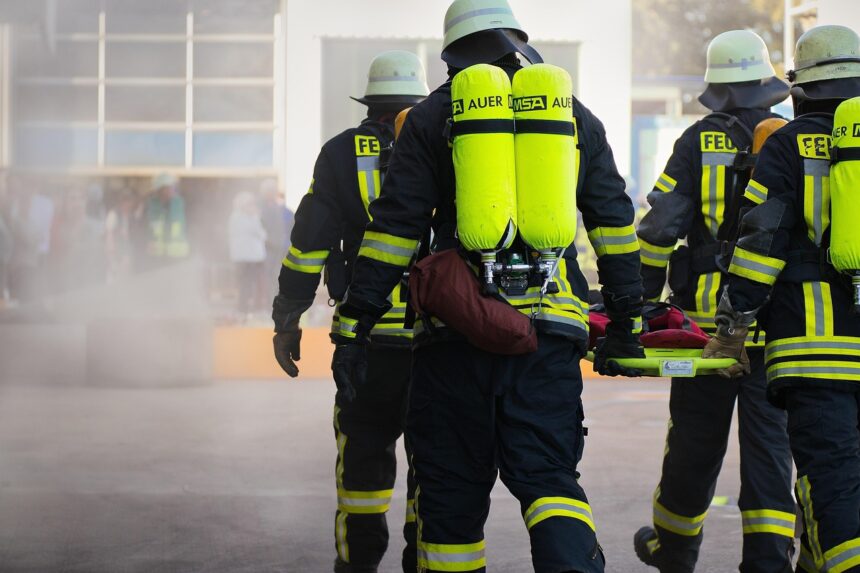Harnessing Artificial Intelligence to Enhance Public Safety in India
Introduction: As urban areas continue to expand, ensuring citizen safety in public spaces has become a critical challenge for governments worldwide. In India, the government is leveraging Artificial Intelligence (AI) to enhance safety measures in public spaces, transforming urban environments into safer, more secure areas. This article explores the key initiatives undertaken by the Indian government to integrate AI technologies into public safety systems.
Government Initiatives in AI for Public Safety:
Smart Surveillance Systems: One of the cornerstone initiatives is the deployment of AI-powered smart surveillance systems across major cities. The Ministry of Urban Development has collaborated with tech companies to install high-definition CCTV cameras equipped with facial recognition technology and motion sensors. These systems are capable of analyzing video footage in real time to detect unusual activities and potential threats, significantly improving response times of local law enforcement. Cities like New Delhi and Mumbai have already seen a reduction in street crime rates due to these advanced surveillance measures. Official statistics and outcomes of these implementations are detailed in annual safety reports published by the ministry.
Emergency Response Solutions: AI is also revolutionizing how emergencies are handled. The Integrated Emergency Management Program, supported by the Ministry of Home Affairs, incorporates AI to optimize the operations of emergency call centers. Using AI algorithms, the system automatically categorizes calls based on urgency and directs them to appropriate response teams, ensuring that critical situations are addressed promptly. This program has been credited with improving the efficiency of emergency services in metropolitan areas, as documented in government audit reports available on the ministry’s website.
Crowd Management Applications: To manage large public gatherings and prevent stampedes or other incidents, AI-driven crowd management solutions are being implemented. During festivals and large events, AI systems monitor crowd density and movements to predict and prevent potential bottlenecks and hazards. This technology was notably used during the Kumbh Mela, where it helped manage millions of attendees without a single incident, as per the reports from the Ministry of Cultural Affairs.
Traffic Management and Road Safety: AI applications are being used to enhance road safety by monitoring traffic conditions and predicting traffic congestion. Smart traffic management systems, installed in cities like Bangalore and Hyderabad, use AI to adjust traffic signals in real time based on vehicle flow, reducing traffic jams and accident rates. The effectiveness of these systems is regularly reviewed in the annual traffic management reports by the Ministry of Transport.
Challenges and Considerations:
Privacy Concerns: The use of AI in public surveillance raises significant privacy concerns. The government is addressing these by implementing strict data protection regulations that govern how data collected through AI systems is used and stored. These regulations are outlined in the Data Protection Bill, details of which can be found on the official legislative portal.
Reliability and Bias in AI Systems: Ensuring the reliability of AI systems and mitigating any biases in AI algorithms is critical. The government has set up a committee to oversee AI operations and conduct regular audits to ensure that AI tools used in public safety are free from bias and operate with high accuracy.
Conclusion: AI’s integration into public safety initiatives represents a major step forward in India’s approach to managing urban safety challenges. By enhancing surveillance, emergency responses, crowd management, and traffic safety through AI, the government is not only improving security but also setting a standard for the future of urban governance. As these technologies evolve, continuous oversight and adaptation will be essential to maximize their benefits while addressing associated ethical and privacy concerns.
Sources:
- Ministry of Urban Development
- Ministry of Home Affairs
- Ministry of Cultural Affairs
- Ministry of Transport


Leave a Reply